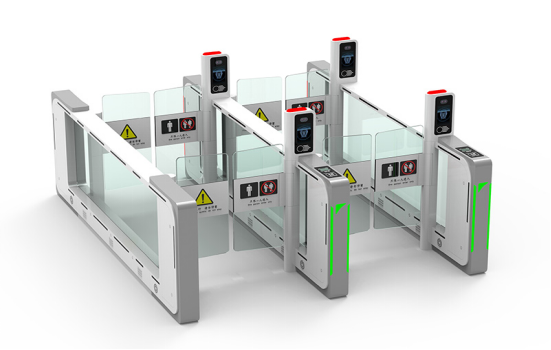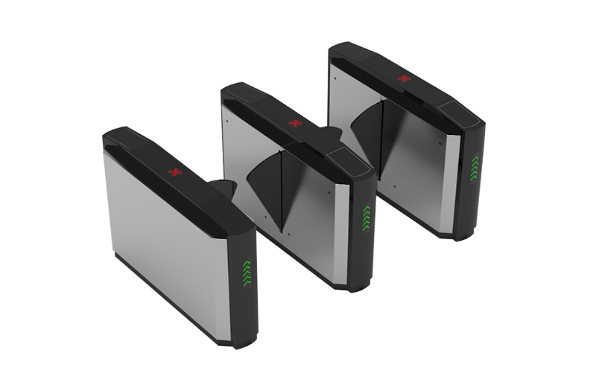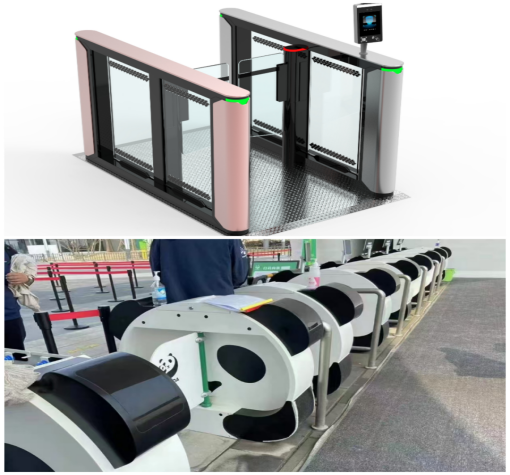What Is the Mainstream Development Trend of Pedestrian Access Gates in the Future?
2025-08-05
With the rapid development of intelligent technology, pedestrian access gates are gradually shifting from traditional mechanical control to more intelligent and personalized ones. Whether in terms of safety, convenience, or integration, these technological advances have brought many new possibilities to the industry. So, what development trends will pedestrian access gates have in the future?
1. Intelligent technology leads industry development
Intelligent technology has become the core driving force for the development of pedestrian access gates. With the development and application of technologies such as the Internet of Things, big data, and artificial intelligence, intelligent recognition technologies (fingerprint, facial, and iris recognition) have gradually replaced traditional manual identification techniques, significantly improving the access gate efficiency. For example, the ZOJE-BST800 Anti-Tailgating AB-Type Rapid Turnstile offers absolute anti-tailgating functionality. The AB-Type double-swing door design requires dual identity verification for passers-by. The first door requires ID verification, while the second requires facial recognition. Infrared sensors within the passageway sound an alarm when two or more people are present. The second door will open until the tailgating individual leaves the passage. This system is suitable for use in airports, customs, and other locations.

Anti-tailgating AB ZOJE-BST800 Speed Turnstile
2. Highly integrated to create a comprehensive security system
With the increasing demand for security management, pedestrian access gates are no longer limited to a single access control function; they are becoming more integrated and systematized. Future pedestrian access gates will be highly integrated with multiple systems, including access control, monitoring, and security, creating a more comprehensive security system. For example, the ZOJE-Y108 flap gate combines practicality and aesthetics with a waterproof and dustproof design, making it widely used in crowded places. Equipped with an intelligent control system, it ensures fast, stable operation and accurate verification. The gate can be linked to access control and video surveillance systems. Any abnormality or illegal passage will automatically trigger an alarm, providing real-time feedback to management personnel, greatly improving the safety of the venue.

ZOJE-Y108
3. Increasing demand for customization
With the ever-changing market demands, personalized customization will become a key trend in future pedestrian access gates. Future gates will not only meet rigid functional requirements but also be customized in appearance, structure, and performance based on the actual needs of the venue. From design and size to functional modules, customized services will be more flexible, allowing for the most appropriate solutions tailored to individual customer needs. For example, the customized ZOJE-BST600 speed gate perfectly complements various architectural styles and usage scenarios, enhancing the overall aesthetics of any venue.

Customized Panda Turnstile Gate for Panda Breeding Base





